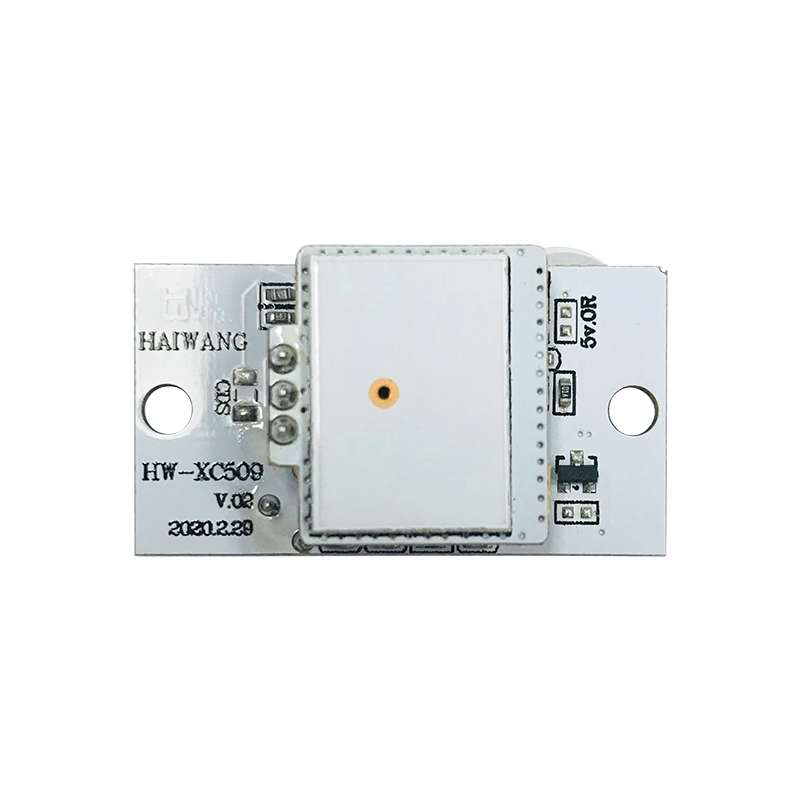 1004,West-CBD,No.139 Binhe Rd,Futian District,Shenzhen, China Post Code:518048
1004,West-CBD,No.139 Binhe Rd,Futian District,Shenzhen, China Post Code:518048
 +86-18682200597
+86-18682200597
 sales@szhaiwang.com
sales@szhaiwang.com
 1004,West-CBD,No.139 Binhe Rd,Futian District,Shenzhen, China Post Code:518048
1004,West-CBD,No.139 Binhe Rd,Futian District,Shenzhen, China Post Code:518048
 +86-18682200597
+86-18682200597
 sales@szhaiwang.com
sales@szhaiwang.com
source:Industry News release time:2022-01-05 Hits: Popular:Infrared sensing module

We all know that the foundation of the Internet of Things is wireless sensor technology. This technology supports the collection of information about the surrounding environment over a long period of time without human involvement. Wireless sensors can measure various variables, from air temperature to vibration. Next, let's explore the working principle and function of wireless IoT sensors in detail!
Currently, there are many different types of wireless sensors on the market. Many wireless networks contain hundreds or even thousands of wireless sensors. These devices have been widely used in various fields, including retail, agriculture, urban planning, security and supply chain management. In this article, we will delve into the working principles of wireless sensors and explain why it is so important to the IoT revolution.
Wireless sensors collect data about local conditions and share analysis results with other powerful components or platforms for further processing. Sensors are usually distributed over large geographic areas and are programmed to communicate with central hubs, gateways, and servers. One of the main advantages of wireless sensors is that they require a low level of maintenance and low power consumption. After charging or replacing the battery once, the sensor can support IoT applications for several years.
In terms of building wireless networks, one of the problems that developers face is how to configure wireless sensors in this field. Sensors or "nodes" must be distributed in a way that supports the overall goals of network developers. Two common layouts of wireless sensors are star topology and mesh topology.
Mesh topology refers to a network where sensors can be connected to as many neighboring nodes as possible. In other words, data can "hop" from one node to another without having to follow a specific route or sensor hierarchy. Connection problems are less harmful to network performance, because data can take multiple paths to reach processing components. Given that new sensors only need to be connected to existing nodes, the grid topology is also easy to expand.
On the other hand, mesh topology is very expensive and difficult to maintain. There are so many connections that need to be created and managed, which will become more challenging as the network develops. A star topology refers to a network where each sensor is directly connected to a central gateway or hub. These hubs receive sensor information and transmit it to other applications for processing. In this layout, there is no direct communication between nodes.
Read recommendations:
Ceramic Package NTC Temperature Sensor.Microwave Radar Module Factory
Popular Recommended Products
HW-M10 microwave sensor module
2021-12-07PIR Lens 8001-2
2021-12-09Φ20 mm size
2021-11-27TP-L80
2021-11-27PT100
2021-11-272359 PIR LENS
2021-12-17Quad probe PIR Lens
2021-12-09HW 802
2021-11-27PIR Lens 7709-1B
2021-12-09PIR Lens 8307-2
2021-12-09BISS0001
2021-11-27NTC thermistor for temperature control of disinfection bowl
2022-09-01How to test the quality of thermistors.Infrared Body Sensing Module
2023-06-15MF52B series enameled wire NTC thermistor suitable for wearable devices.Moving object detection modu
2023-07-18Electronic thermometer NTC thermistor resistance.Human Body Infrared Temperature Sensor Vendor
2023-04-12Distribution cabinet and NTC temperature sensor
2023-10-07What are the advantages and disadvantages of RF sensors?infrared sensor lens price
2022-07-21Classification of thermal resistance material.Wide-Angle Fresnel Lens Manufacturing
2023-05-27Detection of negative temperature coefficient thermistor
2022-11-16Application of NTC thermistor in LED lamp
2022-05-11FIR sensor advantage
2022-10-21
szhaiwang4@hotmail.com
+86-18682200597
sales@szhaiwang.com